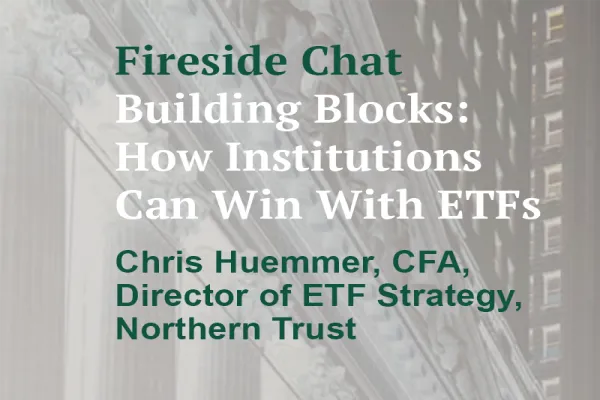BlackRock became the world’s largest asset manager in part because of its passive investment vehicles that have ballooned in size. But its in-house researchers say the current market calls for investors to consider managing their portfolios more actively.
The new regime — with higher interest rates, more volatility, a new phase of globalization, and the emergence of mega trends like artificial intelligence — is making it harder to be certain about how the broader markets will move. However, that has set the stage for active managers. Tony DeSpirito, chief investment officer of global fundamental equities at BlackRock, said in December that when it came to generating alpha, he was the most excited he’s been in 20 years.
After diving deeper into how well suited stock pickers and others might be for this environment, the BlackRock Investment Institute still shares that sentiment. Static investment portfolios performed well in recent decades — and they remain a reasonable starting point — but they aren’t going to deliver returns like they have in the past, according to a new institute report. “It's not that it's never happened before, it's just it hasn't happened for a long time. That's the point that we're trying to make,” Vivek Paul, head of portfolio research at the BlackRock Investment Institute, told Institutional Investor.
In recent years, the top-performing managers are delivering better returns, potentially from exploiting a more uncertain, higher-risk environment. From 2007 through 2023, the range of performance between the top- and bottom-quartile managers has meaningfully shifted. In the year following the financial crisis, the best managers were outperforming the others by more than 3.5 percentage points. Then, during a decade of low interest rates, the gap fell to around 2 percent. Now, higher interest rates and volatility, among other things, has expanded the range of returns to over 3 percentage points again.
"This reinforces why we believe this new environment is better for generating active returns, but that critically relies on skill — it’s the top-performing, skilled managers delivering more active returns so far," a BlackRock report says.
But even if investors aren't skilled at picking those managers, actively managing their index allocations can boost performance. For example, investors can split their equity allocation among multiple passive funds designed with different objectives. They can then tilt their exposure to each based on what's happening in markets.
For illustrative purposes, the institute crunched data on U.S. equity returns during two market phases: 2016-2019 and 2020-2023 (the new regime that is ongoing). Then it rebalanced the MSCI USA index as if it had "perfect" foresight into the performance of sectors to show how changes would benefit a portfolio. BlackRock found that even semi-annual rebalances led to better performance than yearly ones or a buy-and-hold strategy.
“It’s not just good insight, but also acting on it in a timely manner, that would have yielded greater rewards than buy-and-hold strategies since 2020,” the BlackRock report says.
Since 2020, there has also been great dispersion of U.S. stock performance. From 2010-2019, the average stock in the S&P 500 outperformed or underperformed the index on a monthly basis by about 6.5 percent. From 2020-2023, the average was nearly 8 percent, according to BlackRock. Active management has a better chance of outperforming when there is greater dispersion — whether it's choosing active managers or actively managing allocations to indexes.
“An active approach to indexing would allow investors to exploit their skill in timing markets and their ability to consistently pick exposure to the right sectors, regions and styles. But that preference for active strategies would hinge on the ability to reliably pick skilled managers and depends on fee constraints, portfolio objectives and the governance budget allocated to cover the costs involved in finding top alpha-seeking managers and monitoring their performance,” the report says.
Active managers performed well in 2020 after Covid-19 began rapidly spreading in the U.S. and markets whipsawed. The opportunity for active remains.
"The ability, now several years on, to look at the data with that period and without that period and still draw the same conclusion, I think that gives us some confidence that there is something different about this now and that's why we felt compelled to put this [report] out there," Paul said.







